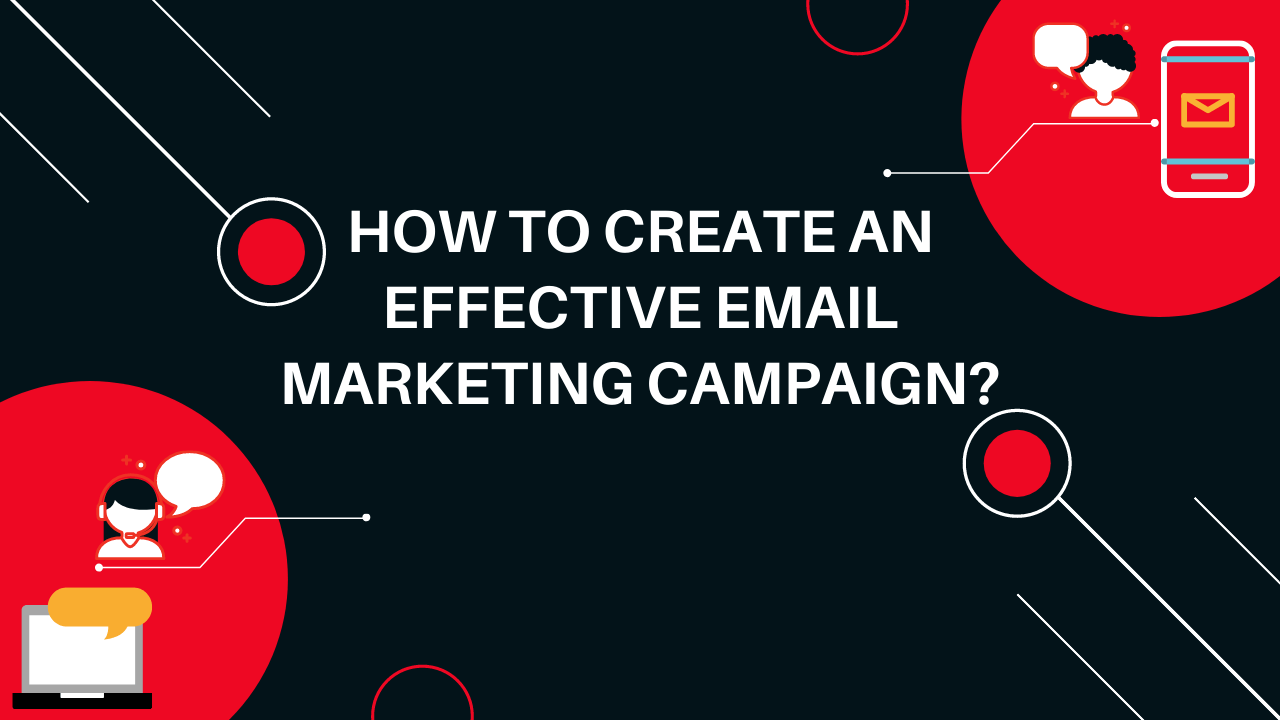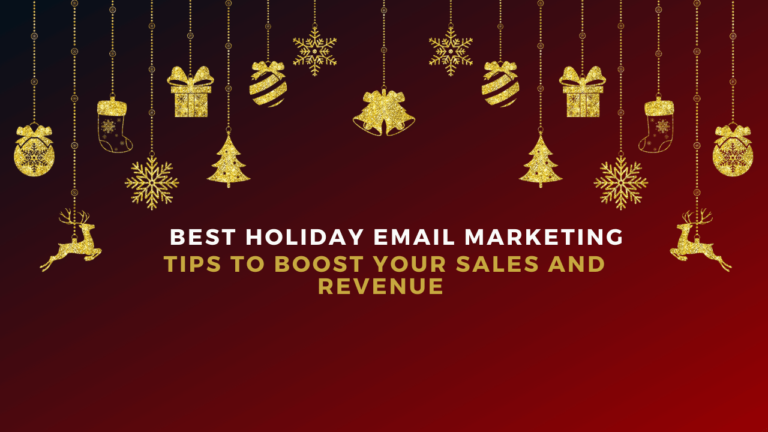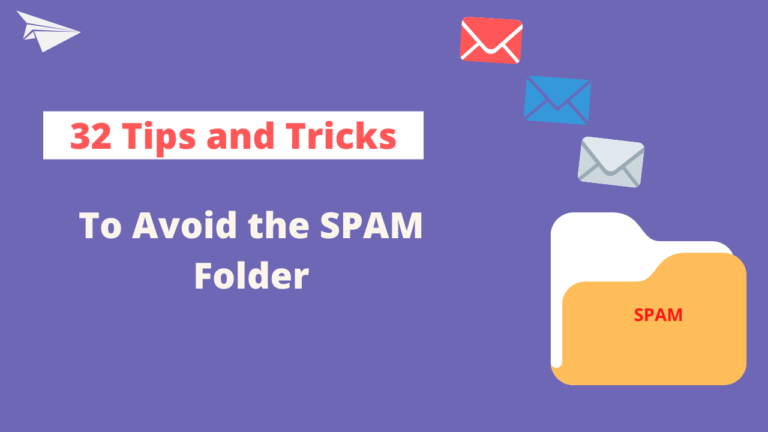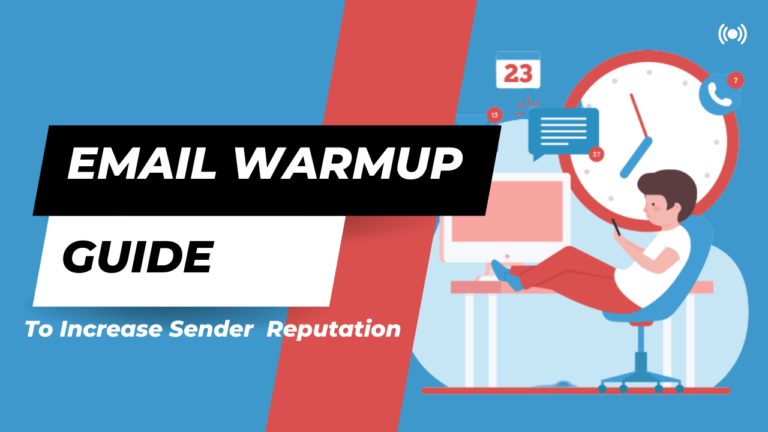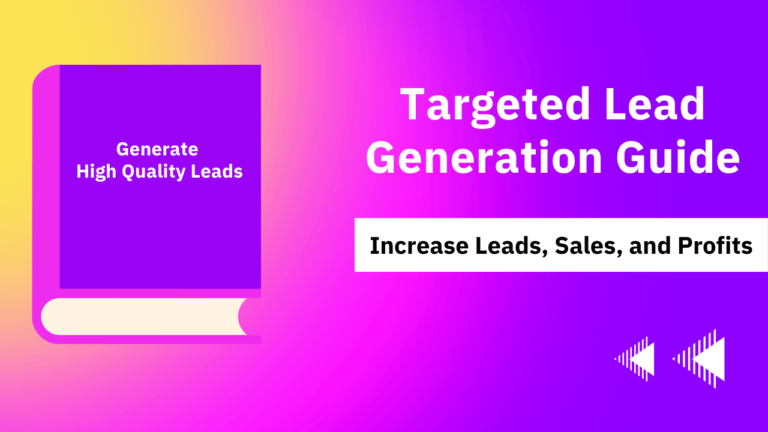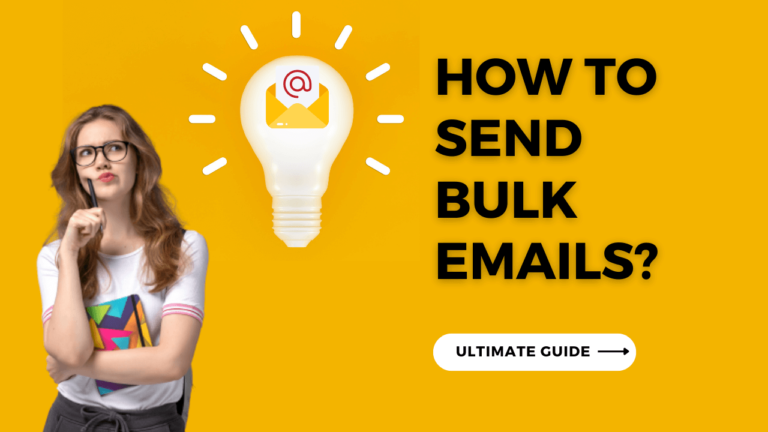How to do email marketing campaigns? To understand that, you will need to make your content stand out among the billions of emails that reach customer inbox.
In this article, I will explain everything about the best practice of executing email marketing and how to use it in the best way. It is for those who are beginners and want to start email marketing, but also for those who already have a strategy and want better results.
How to do an email marketing campaign?
- Set your clear campaign goal
- Identify ideal prospects
- Create a target list
- Decide a timeline when you want to run the campaign
- Plan your emails and follow-ups
- Craft an exciting subject line
- Create visually appealing email
- Clear calls to action
- Always provide an opt-out option
- Monitor your campaign metrics
1. Set your clear email campaign goal
Each email campaign will have a different goal, need a different strategy to achieve that goal. Once you decide the purpose of the campaign, you can create a plan to achieve the goal. Consider specific metrics like clicks, opens, CTR, conversion, visitor, leads, and download to track the success of the campaign.
Few examples to set a campaign goal
- New product promotion: The goal should be how much traffic you generated and converted leads from the campaign.
- Offer campaign: Set a target for this kind of campaign, compare offer emails vs non-offer emails. Analyze how many customers got converted and the ROI of the campaign.
- Newsletter campaign: The goal of this type of campaign is to bring more traffic to your website and get some interaction with visitors.
- Abandoned cart: This campaign’s clear goal is to empty the customer cart items by giving them discounts.
2. Identify ideal prospects
Once you figure out the campaign goal, the next step is identifying the target audience. Understand your ideal prospects’ requirements. Accordingly, start creating content and ask a question like
– What they are looking for?
– Why did they subscribe?
– What type of content they are looking for?
3. Create a target list
Understand whom you are targeting, their profile, job title, industry, region, and interest area. Segment your list based on define criteria. Identify contacts in your CRM and target the most active contacts. Review the list before sending any emails to prospects.
4. Decide a timeline when you want to run the campaign
If you are running a seasonal campaign that only needs one or two emails, or might be creating a long-term lead nurturing campaign. Decide timeline when the campaign should go out, accordingly create content and deliver the right message at right time.
5. Plan your emails and follow-ups
Once you send the first email, plan your follow-up email based on user action. Each campaign should be action-oriented, once the user takes specific action then the user should move to different stages of buying cycle. So plan your campaign-based buying cycle and creates multiple touchpoints for each stage.
6. Craft an exciting subject line
Subjectline is a gatekeeper of your email. Create an exciting subject line that will influence prospects to click on your email. Subjectline and mail content should be in sync. These points should be taken care of while writing subjectline.
– Grab their interest
– Provide value in the Subjectline
– Use a unique approach to start the conversation
– Personalization is a key element in Subjectline
7. Create visually appealing email
Appealing visual design can increase the click-through rate. So give more importance to visual design and present your message most interesting way. Make use of images and brand color, so you can create an impact on prospects. Follow email newsletter best practices.
8. Clear calls to action
Don’t use too many call to action in your email. Prospect will get confused with too many options and miss the important action to take while reading your email. Every email should have one clear call to action and set the expectation for what they gone get after clicking CTA.
9. Always provide an opt-out option
Always provide an opt-out option for every email you send. This will help you to remove not interested prospects from your list and reduce the spam rate. By using the opt-out option you can maintain the highly responsive list.
10. Monitor your campaign metrics
Always monitor every email campaign sent results and take notes. Are you getting the expected open and click rate? Are getting expected conversion from the email promotion? Keep a track of each campaign and optimize.
Pay more attention to the email metrics and understand what is working for your audience. Take action accordingly and create a more effective campaign in the future.
Conclusion
So, it’s time to start your email marketing strategy! You already have the tips to get started successfully. Plan campaigns with an eye on the persona, execute the campaign with good practice, evaluate the results and optimize the emails to always improve.

